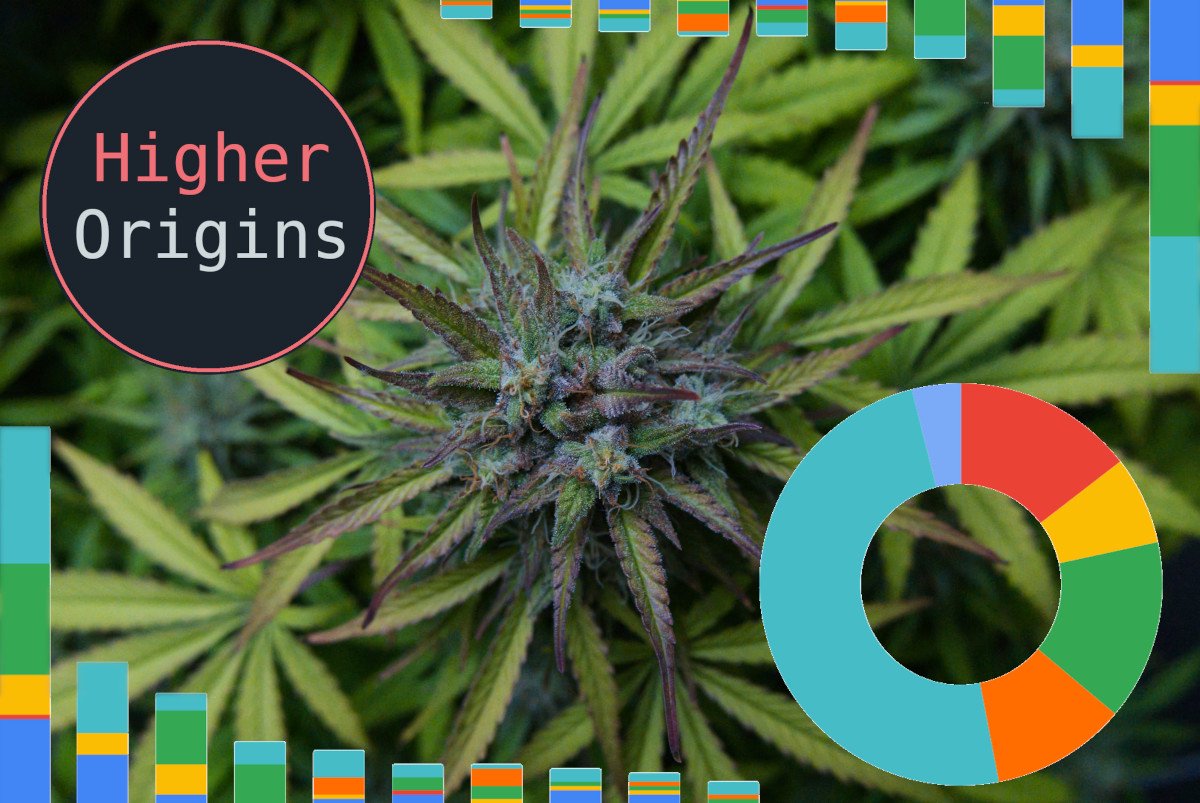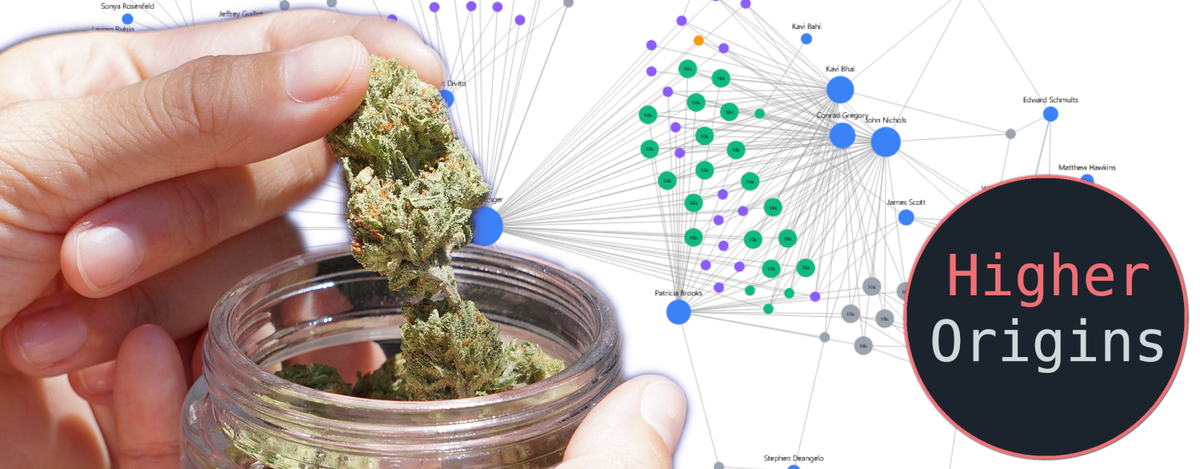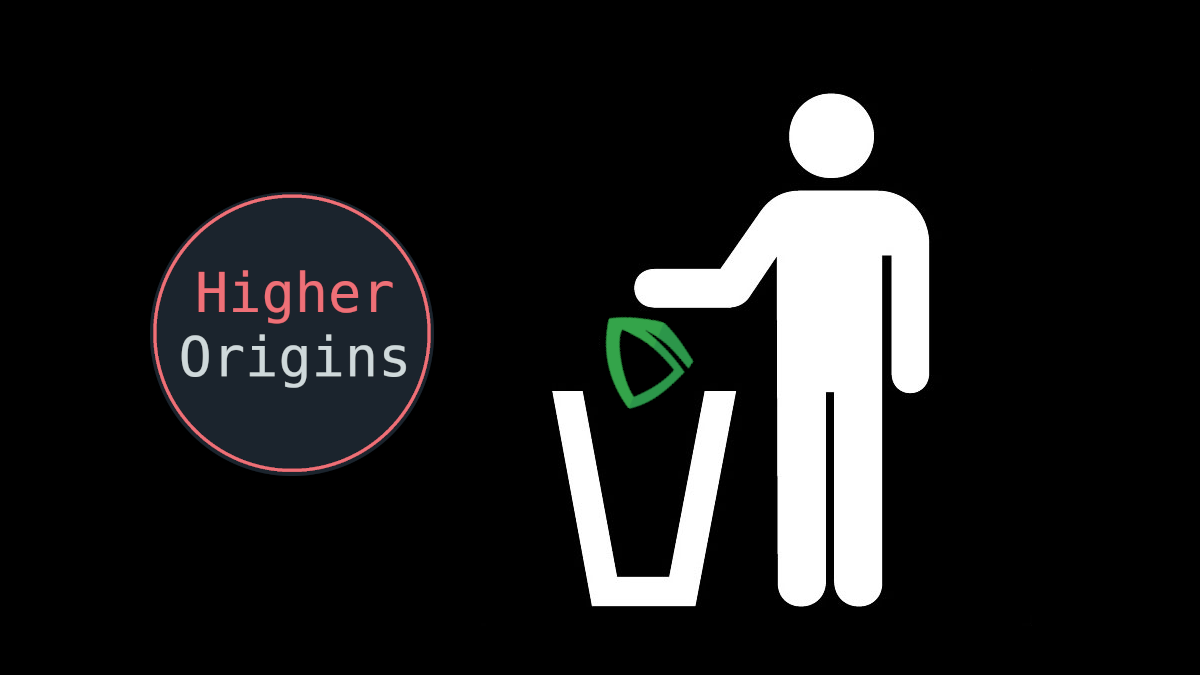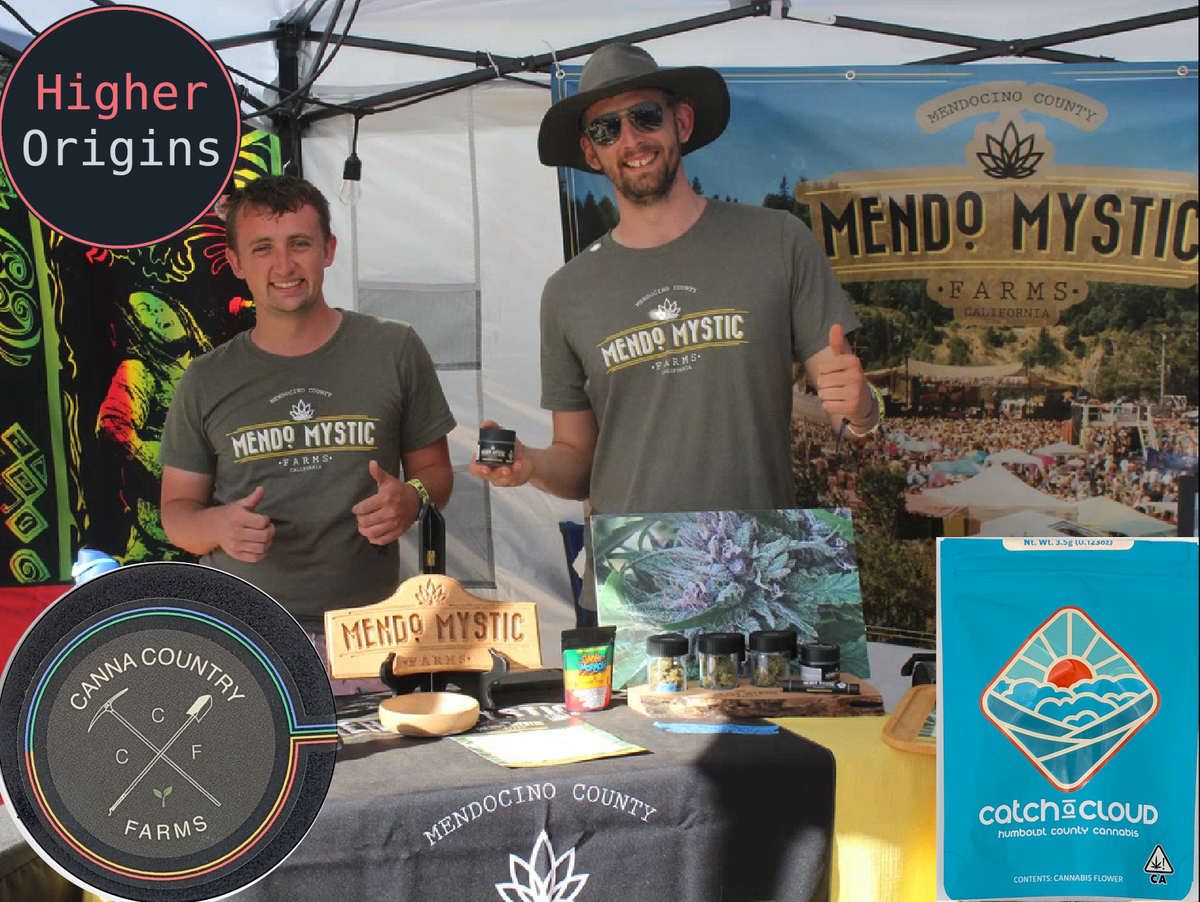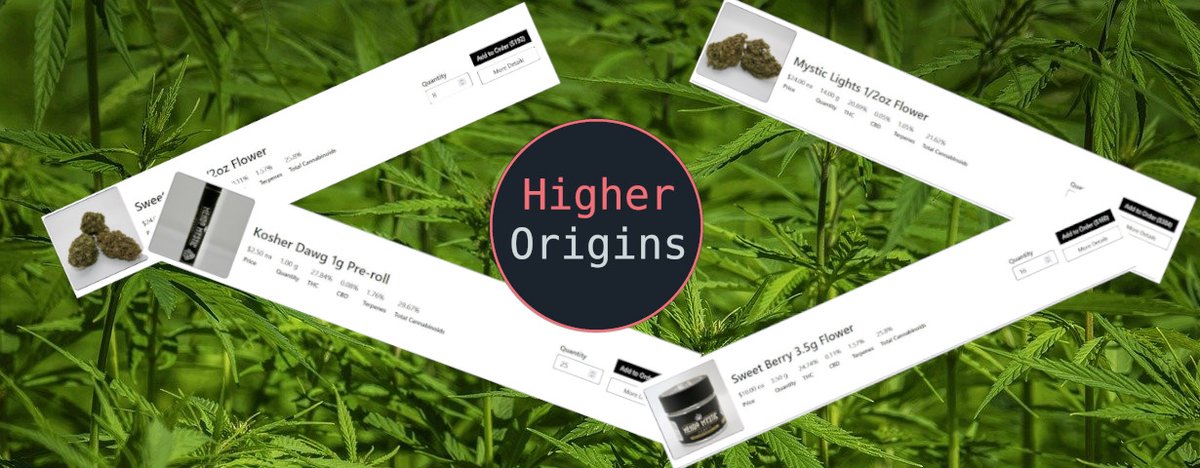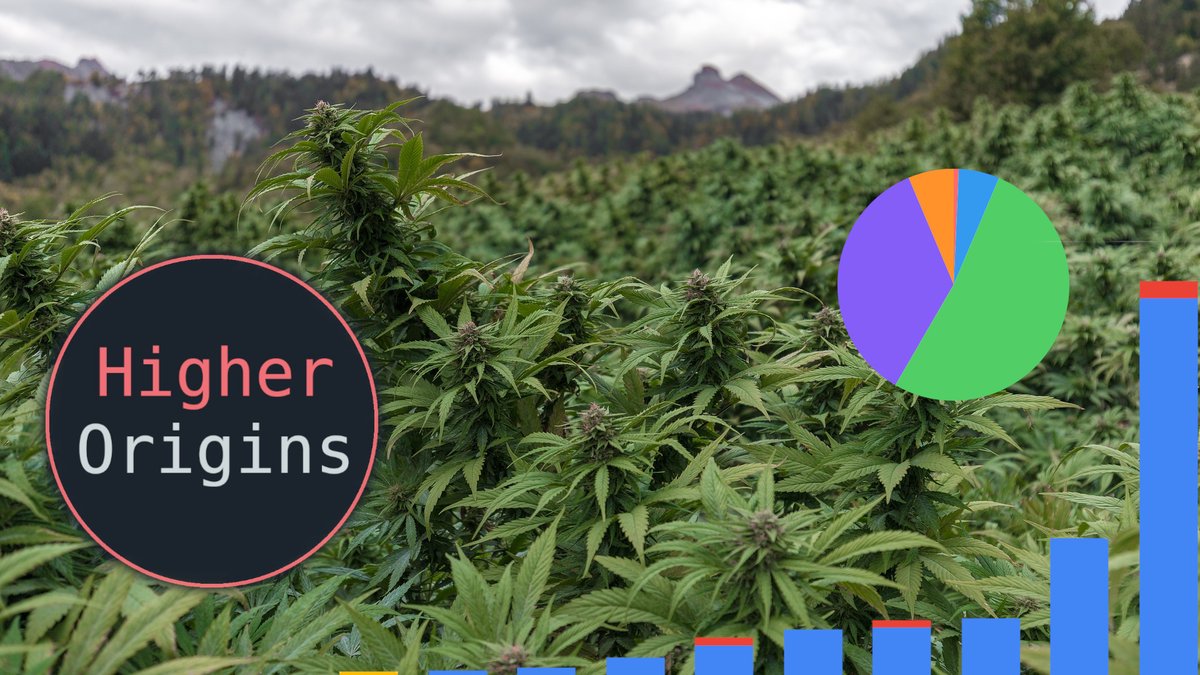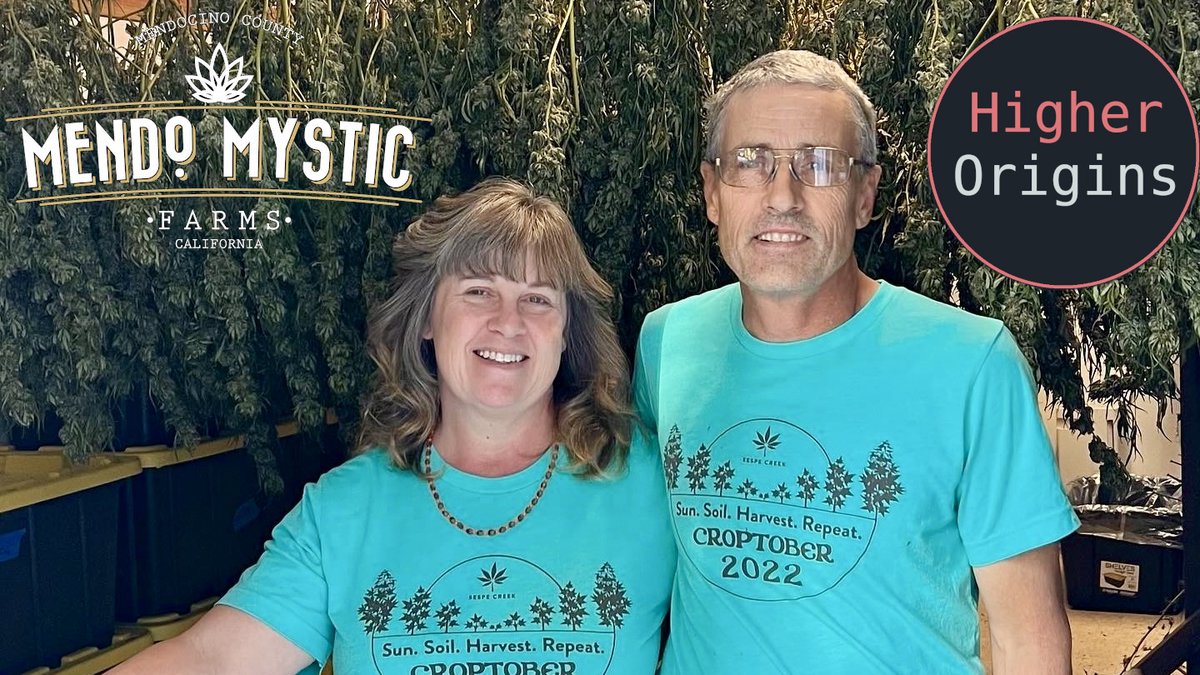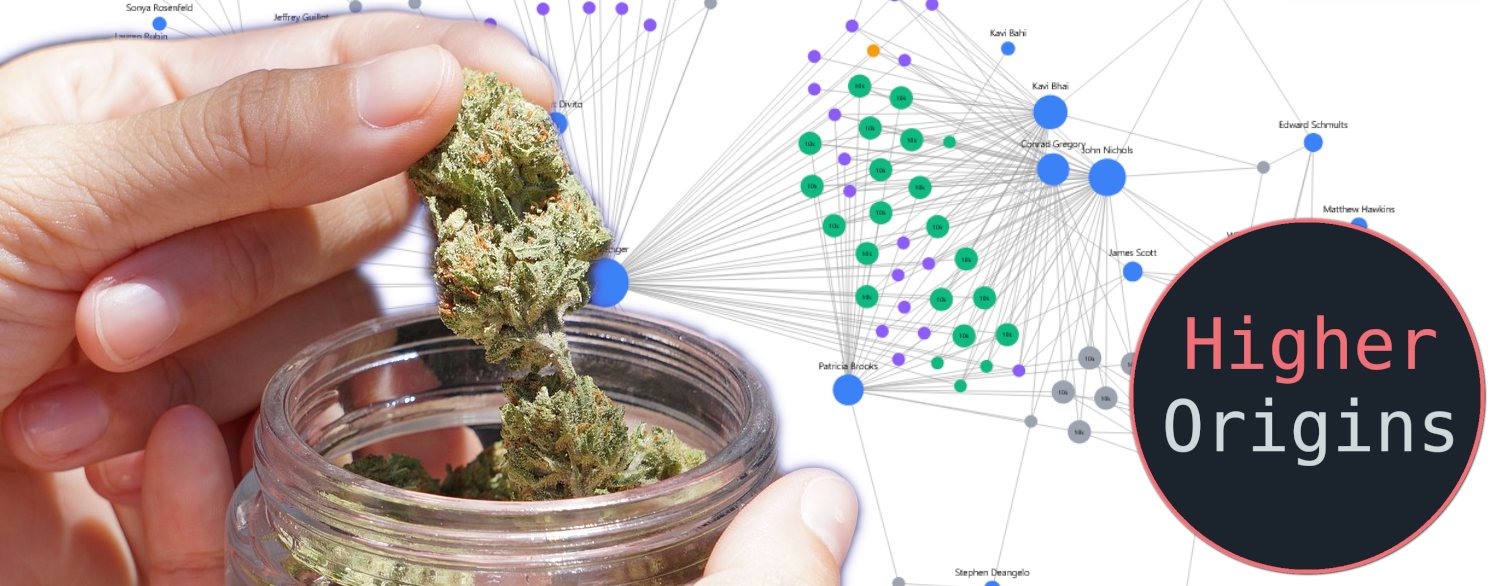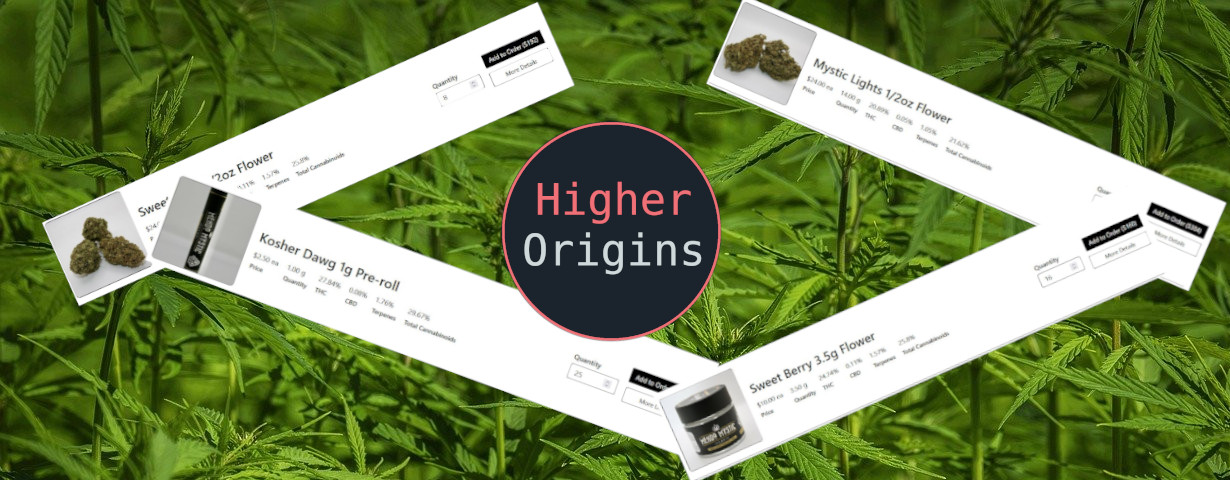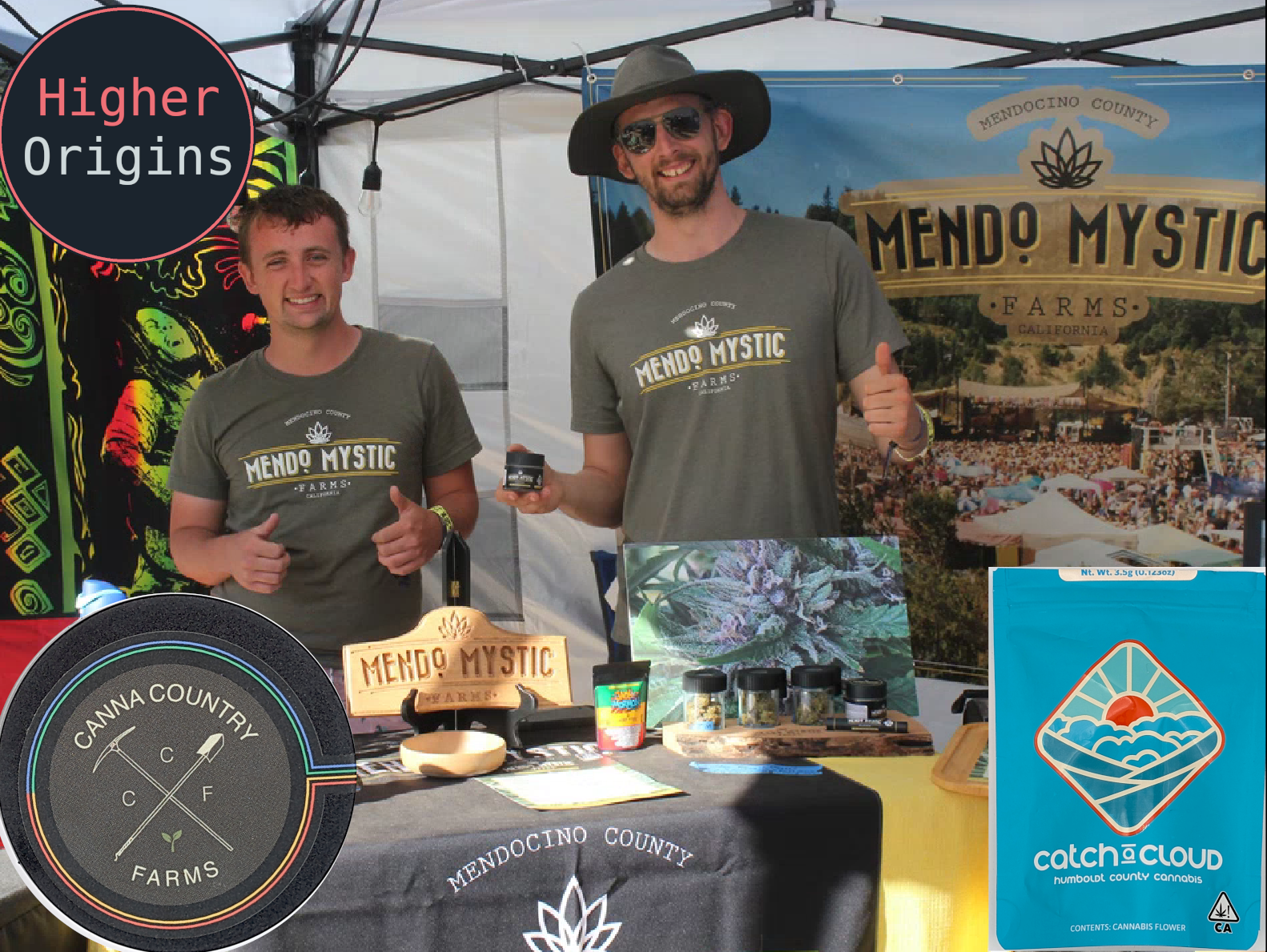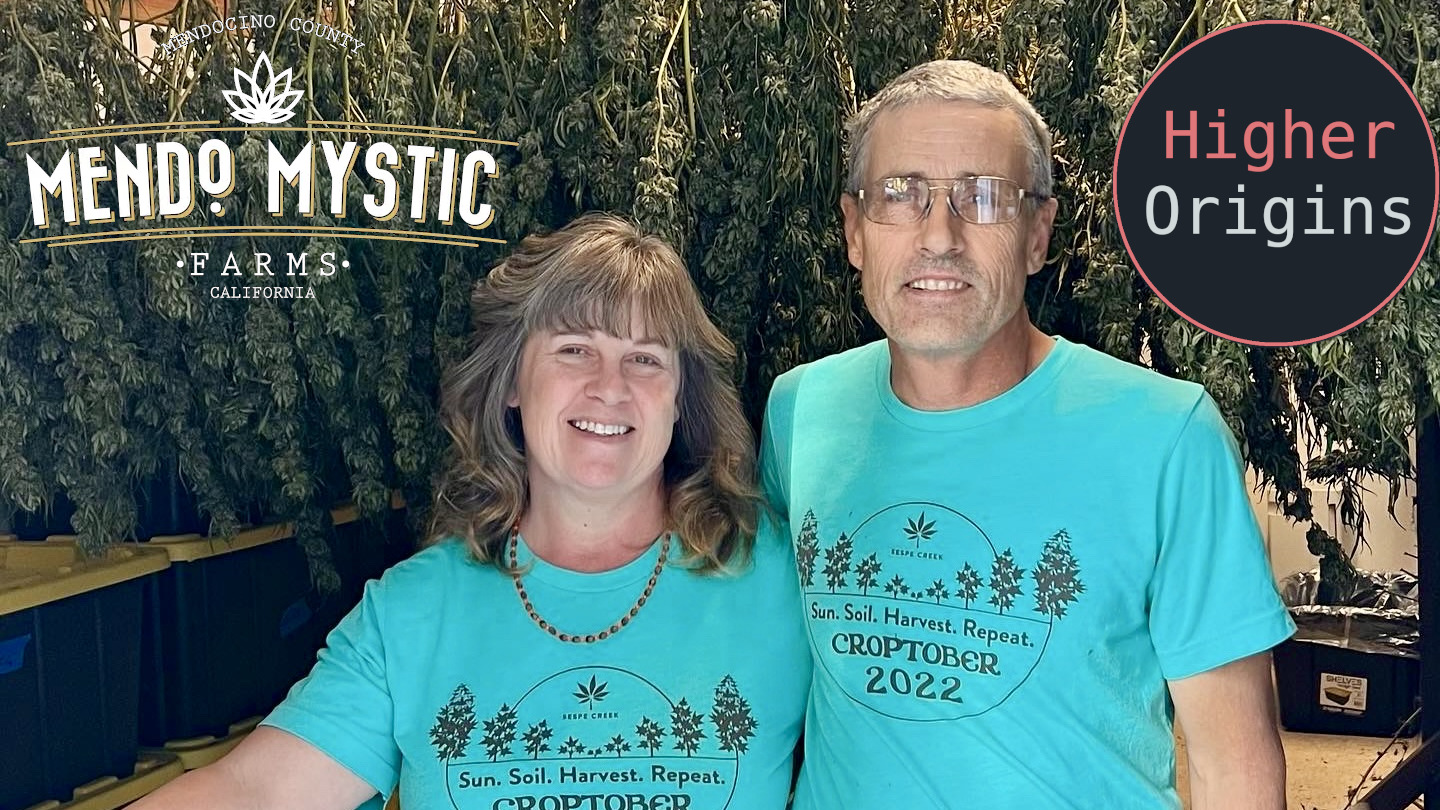Well, we're halfway through 2024, and trust us, we're just as frazzled as you are with the state of things. Anyway, the California cannabis market continues to evolve, and so we're back with another set of quarterly analytics showing the latest trends in licensure, cultivation area, and market breakdowns. Let's get into it!
About the Data
We use data from the Department of Cannabis Control's Unified License Search to build these charts. The Unified Search regularly updates to show the current status of licenses in California. We should clarify that this is a different data source than the California Data Dashboard, which is derived from unreliable METRC "track and trace" data, and which we have written about in the past. The Unified search data, however, is sourced from the internal bureaucratic records of the State, which while we in no way can guarantee are accurate, are much more functional than METRC data. Since using the Unified Search is annoying and involves large and confusing Excel files, we created a simple browser that allows faster searching of individual licenses. Without further ado, let's get into it!
Overall Market Licensing

Last quarter, we saw a reduction in license loss, but that trend clearly did not hold- things are getting rough again. We're basically back on the same trend we were on a year ago. If this trend continues we'll likely drop below 5000 cultivation licenses statewide by October. Both manufacturing and commercial licensing have also dived, although commercial licenses not quite as badly, proportionally. We'll explore more in depth below.
Cultivation

For cultivation, the outdoor rebound in square footage that resulted from the opening of the Large license type at the beginning of last year seems to have crashed back to Q4 2023 levels. Both Mixed Light and Indoor cultivation have leveled off to only a very slight decline. Please note that our numbers for cultivation have a slight margin of error since the beginning of 2023, due to the State not accurately publishing the actual square footage cultivated under Large licenses. You can read more about these discrepancies in our article on the subject here.

As predicted in last quarter's report, the statewide cultivated area of Small and Medium licenses have flipped, due to consolidation of smaller licenses into bigger ones and license loss. Large license growth can also be seen on this graph, and has leveled off, showing that the losses this quarter have been sustained largely by smaller operators. Specialty cultivation continues it's extremely slow decline statewide, likely due to the fact that it has little use to large operators.

At the county level, in Q2 Humboldt added around 410 thousand square feet of canopy, closely followed by Lake county with another 290 thousand square feet. Riverside continues it's slow expansion of cultivation, with 135 thousand square feet, including a large amount of indoor due to it's more urban demographics. The rest of the major gains are fairly standard, although the addition of some large Indoor in Shasta county stands out- someone up there is planning on cranking out a lot of bunker buds year round.

In terms of lost cultivation area, we see some major losses in the top 3- all of which erased their gains in Q2. These losses represent a significant margin of total cultivation for these counties, and it's interesting to see it happen in Q2, when the growing season starts. Are these farms that waited until the last minute before planting to realize they couldn't balance the books in the current market and decided to close? Santa Barbara has always stood apart size wise in both losses and gains due to the massive scale of the farms in that region, so seeing them top this list is nothing new.

While square footage totals reveal the overall market trends, it can be helpful to view the market breakdown by businesses, sorted by the total amount of square footage they operate. This gives a clearer picture of the capitalization of the market, between smaller grows or huge well funded operations. Usually, the market follows a rough 25% huge/25% medium/50% small ratio, although it seems to be shifting towards a 55/30/15 ratio.
Large Licensing Breakdown
We like to specifically add more info regarding Large licenses into these reports since they are the largest source of margin of error in these numbers. Licenses being converted to Large throws off the count of active licenses, while actually expanding or not changing the total statewide cultivated area.

In terms of Large licenses issued, California is still on it's trend of rapid growth: number go up, more businesses want to consolidate their canopy under one license. No surprises here.

While the rate of Large licenses that have been added is still solidly upward, the amount of cultivation (That we can estimate) under those licenses has decreased significantly. While the real number is likely higher than this, it appears that we are seeing a leveling trend in the amount of actual large cultivation statewide, and the huge licenses holders that want to consolidate have already done so.

At the county level, we see Lake county leading the pack, following it's historical trend as a place that welcomes large speculative grow operations. Somewhat surprisingly, Santa Barbara has been demoted to third, although the Large licenses there are much larger on average than elsewhere in the state, as seen below.

When we break it down by feet squared, we get a clearer picture. Lake county is continuing it's historical pattern of adding a bunch of big farms- the new ones seen here are likely consolidated licenses on the same cannabis-zoned megafarm lots that all failed back in 2022.
Manufacturing

Manufacturing is returning to a downturn like the other sectors. We are curious if the recent expose of widespread contamination in manufactured cannabis will accelerate this fallout in the manufacturing sector.

There were few major additions to manufacturing last quarter, with the urban areas leading the pack with concentrate manufacturing, as usual. Growth is very low, especially when compared to the losses below, showing low turnover and a serious negative market trend- all losses, little growth.

This clearly shows a massive drop, driven by LA proportional to it's size. No major regional urban area in the top 10 movers escaped unscathed in this recent drop, with the exception of San Diego which has broken even. This could be driven by lasting fallout from last year's concentrates shortages, or even a loss of biomass to the illicit market.
Commercial

It's bad news in the commercial market as well. Retail, delivery, and distro have all hit serious downturns, likely driven by the unpaid invoice crises, which shows no signs of slowing down. With prices to consumers still high and the continuation of the regressive state fee structure, there aren't many major signs of relief for the market on the near horizon.

There was some growth in the expected regions in Q2, notably an increase in transportation in Lake County, which will be helpful in moving the product from those new Large farms to the cities.

On trend, LA leads the pack proportionally, with across the board losses. It seems that Riverside is in an interesting position where they have a decent increase in cultivation but a drop in commercial and manufacturing licenses to support it. Likewise, the loss of transportation in Santa Barbara may align with the loss of cultivation there- there's less weed to ship. Finally, we're surprised to see less loss of laboratories- it seems that the predicted lab apocalypse driven by this year's tighter testing standards has not yet materialized.
Overall it looks like we're in for another rough period in the industry after a short season of (relative) stability. We hope that this is just a short trend and we eventually hit some kind of bottom where pricing, regulatory fees, and the financial resources of the industry break even, however with the ever present competition and safety valve of the reenergized illicit market and extra competition from the nascent Hemp industry, we unfortunately can't see it happening soon.
Higher Origins is community supported, and these insights are a labor of love for our industry. If you would like to help us keep the lights on, consider supporting us here, and share our articles to your friends, competitors, and neighbors! We've been a bit head down out of the spotlight this year as we work on a revamp of our offerings, so stay tuned and we'll have some exciting news for you in the coming months!
Hang in there kitty!
-The Higher Origins Team
